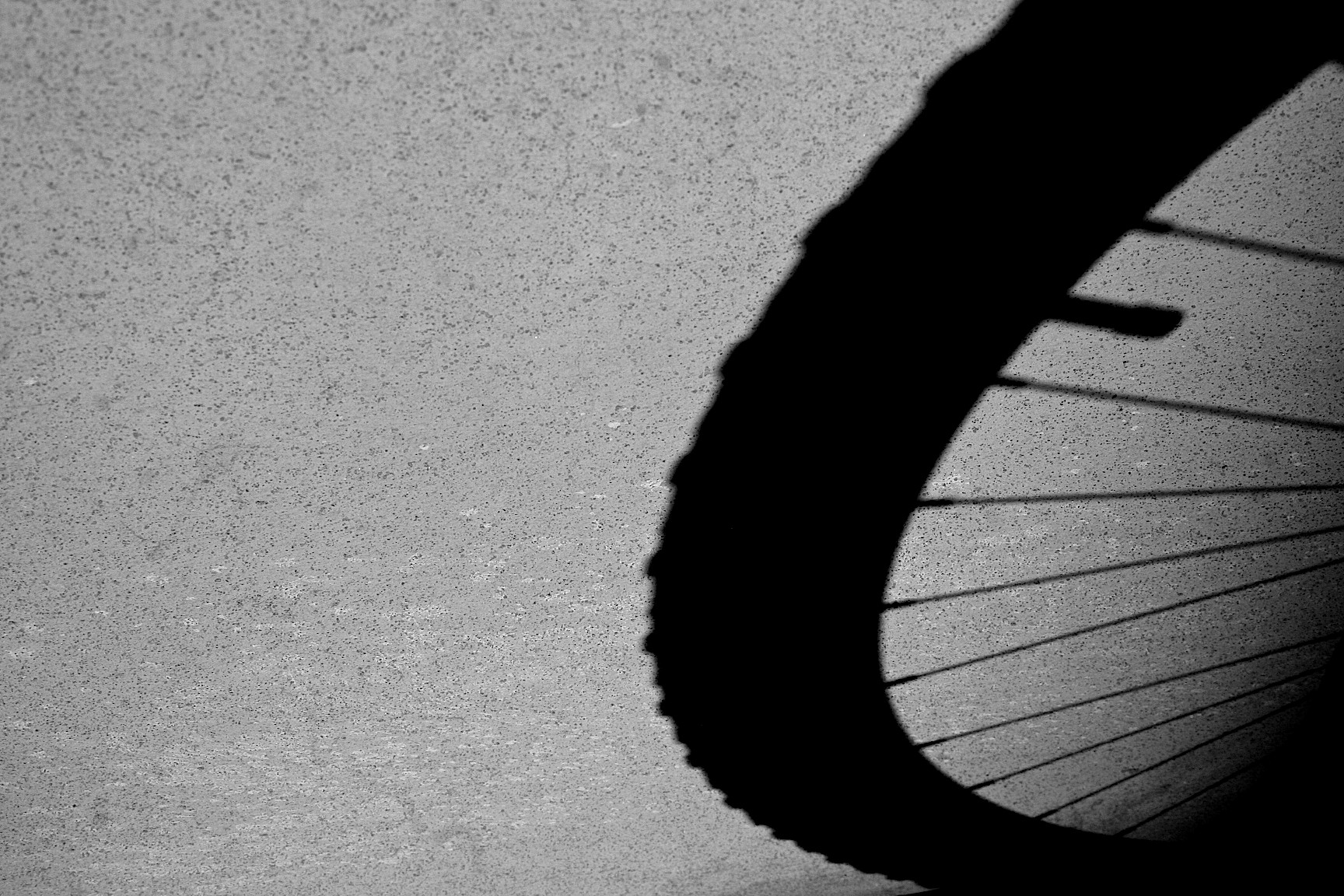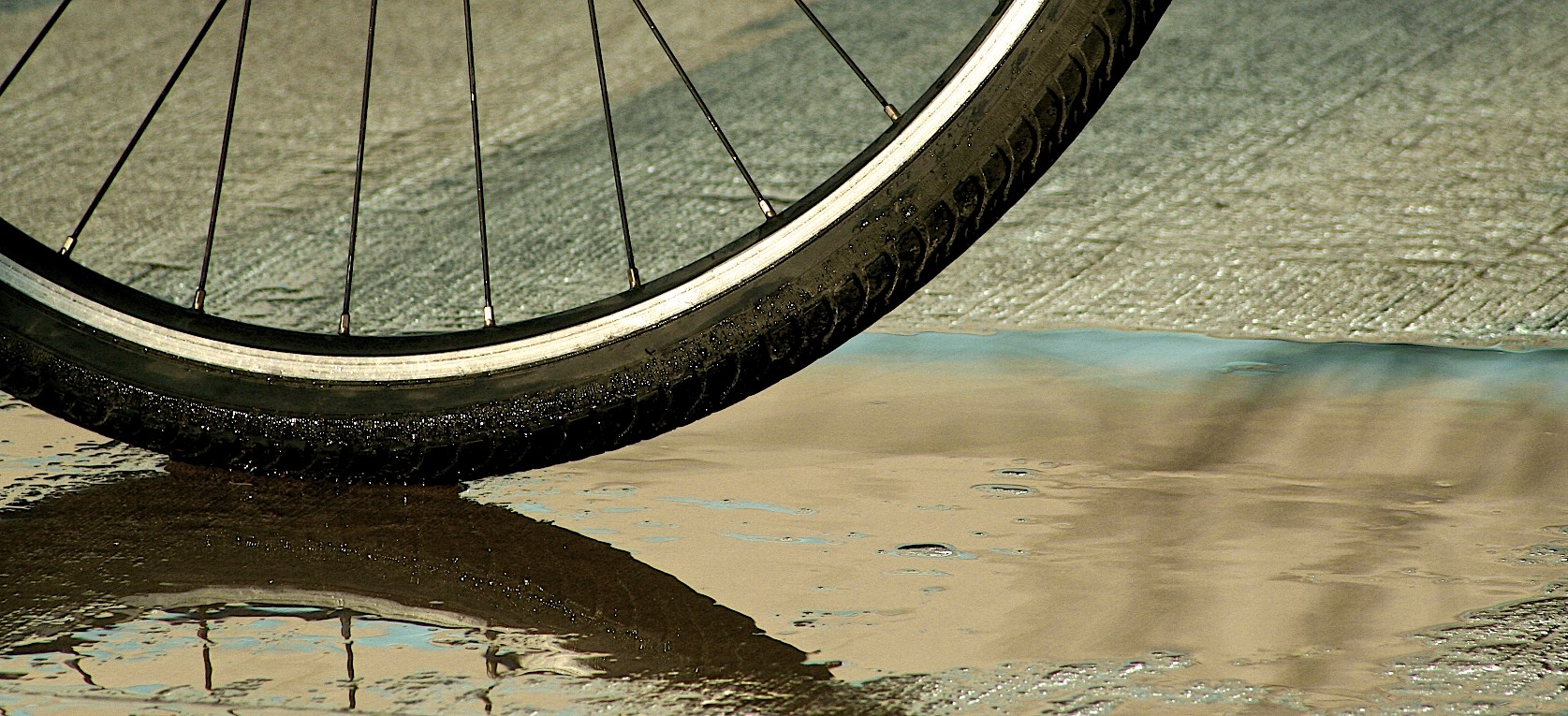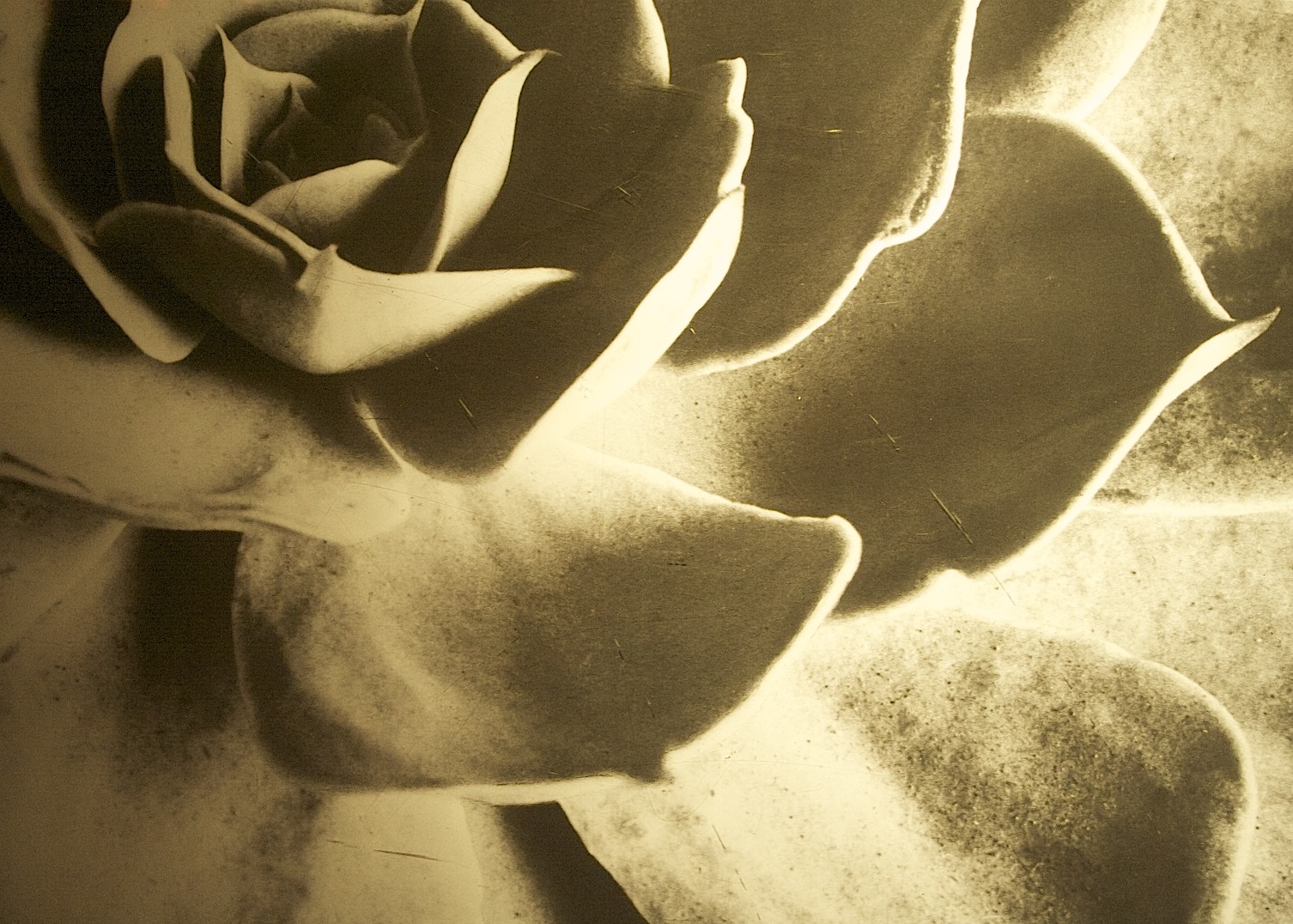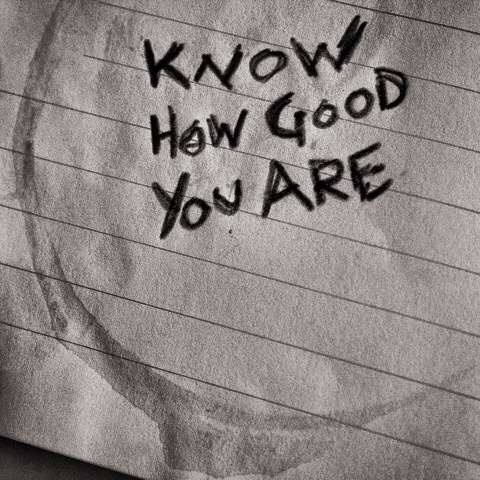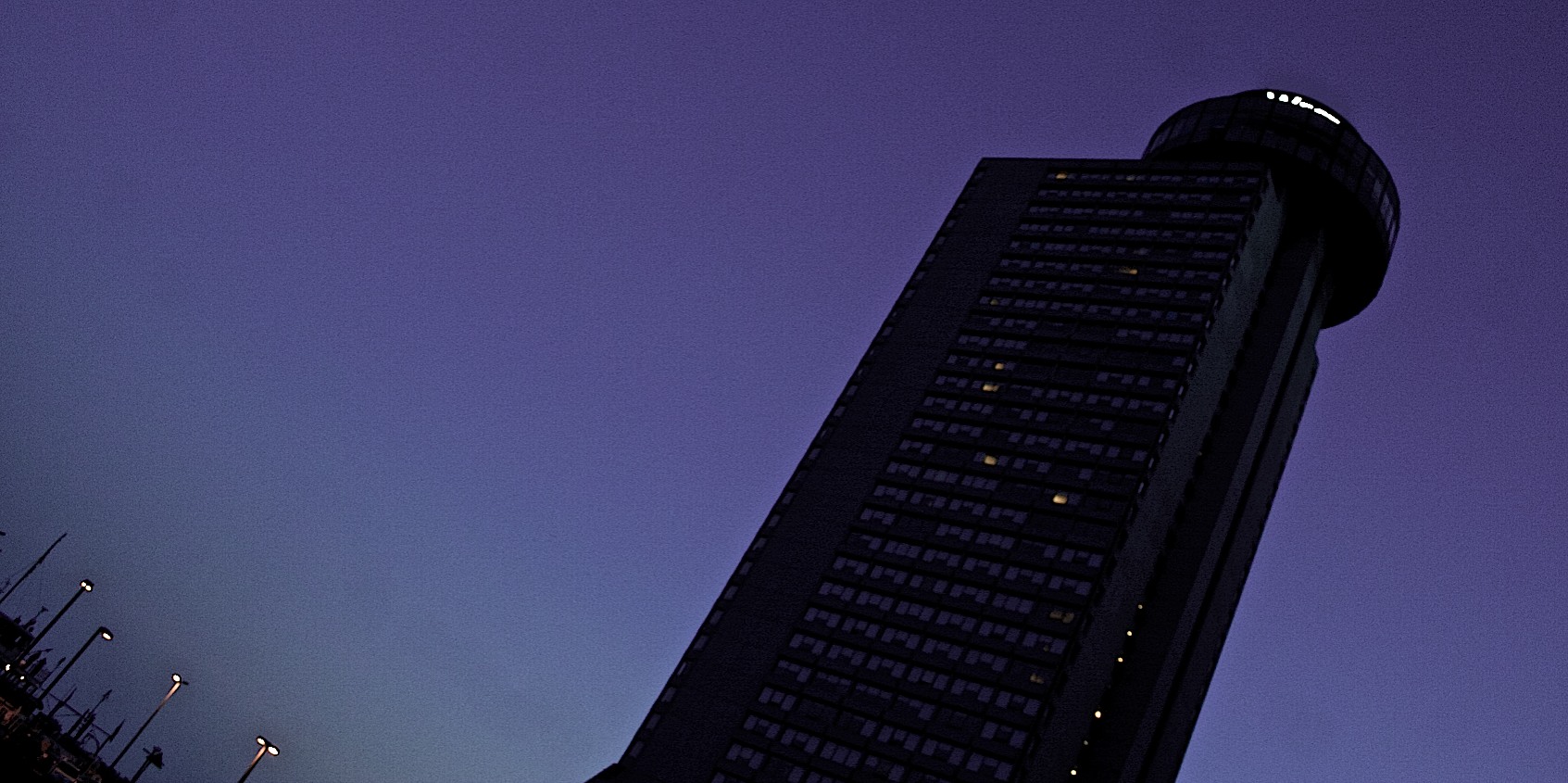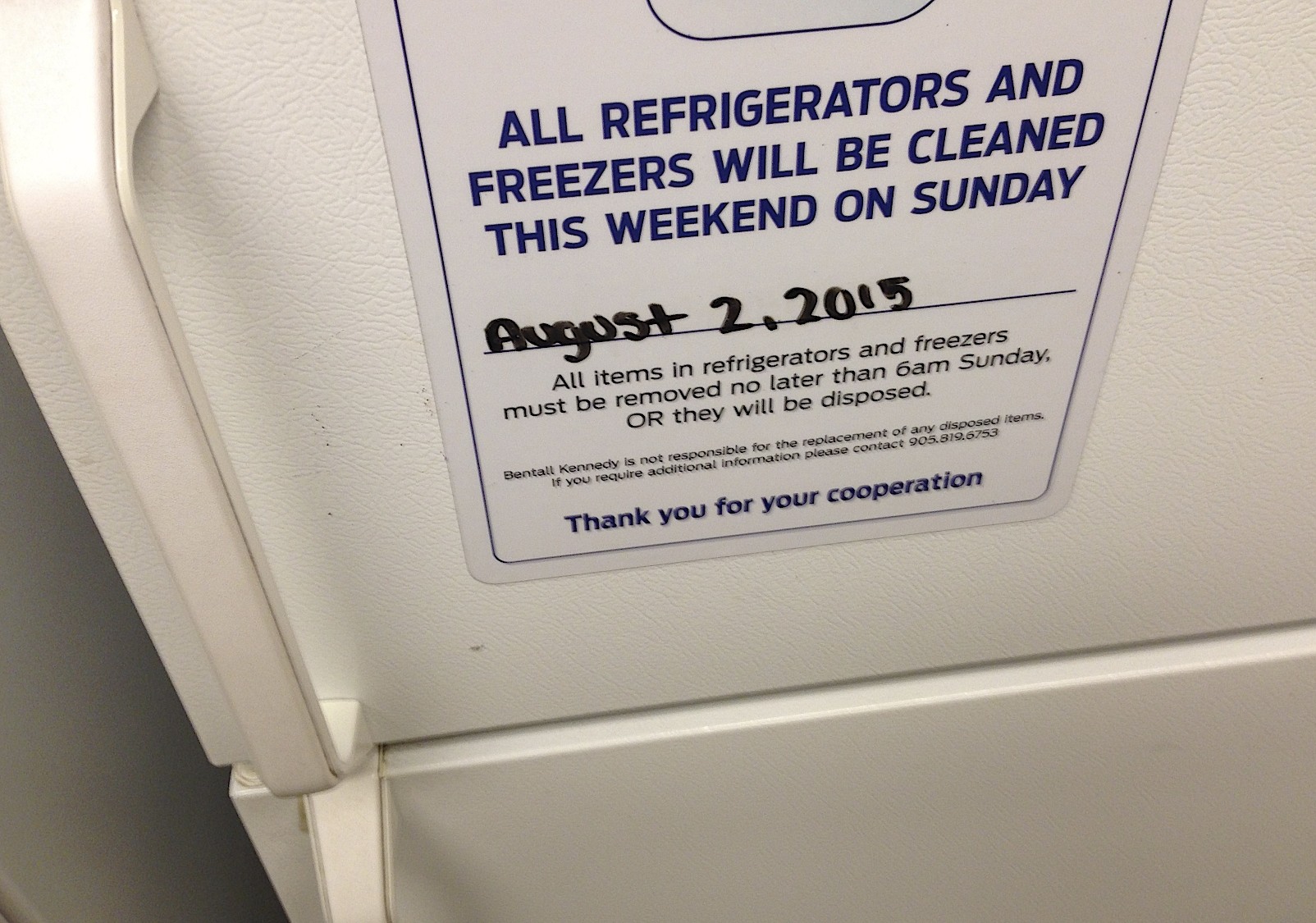“The single most important component of a camera is the twelve inches behind it.”
– Ansel Adams
I grew up in a black and white world.
The first television images I can remember flashed from a behemoth black and white screen, but all media, at the time, were mainly black, white, and the shades between.
A newspaper, then the real source of news, was filled with glorious photographs capturing history as it happened. Even magazines were mostly black and white (images from LIFE magazine instantly flash in my head), and were for years. Outside of the occasional cover, the early Rolling Stone (then a tabloid, at first, without staples) photos were mostly black and white.
Significant moments are fixed in our collective psyche; the Kennedy assassination, fists raised symbolizing black power on the medal podium at the ‘68 Olympics, John and Yoko’s Bed-in for Peace, Nixon leaving the White House by helicopter, even Kurt Cobain’s memorial images from the ‘90s, all black and white.
Family snapshots in colour eventually came into our home, but the first adorable images of me in my high chair, or standing in front of the fireplace with my siblings, are recorded for posterity in black and white.
As the years and decades progressed, with advancements in the photographic world, film and equipment shifted towards colour. Black and white was still what attracted me to photography. About age 10, I made my first contact print with a DIY photography kit my mother found at a church rummage sale. It was like performing magic. I discovered I could make a photograph, and a passion was ignited.
Capturing images took over my imagination. I knew I wanted to be a photographer. I used to sneak off with my dad’s 35 mm. I volunteered as a yearbook photographer in junior-high school as an excuse to use his equipment. I fell in love with the camera.
My professional experience working with film began at age 16 when I secured a summer job working as a studio lackey. I did the stuff nobody else wanted to do, changing darkroom chemicals and hauling equipment around. I photographed products (cans of vegetables, boxes of wrenches, packages of underwear, spark plugs) on a medium-format camera, but mainly worked in the studio darkroom reproducing other people’s work for the advertising agencies and accounts the high-volume studio contracted with.
Many a workday was spent in the muted amber-tinted darkness, and I loved it. I felt a part of it all. I honed my darkroom skills so by the time I was hired as a photographer with a daily newspaper; I had that part of my act down pat.
The darkroom is the other side of photography — the part fewer and fewer people know about — taking the image from a negative and putting on the paper.
Most of my newspaper work was in black and white. Colour then, at a medium-sized daily broadsheet, was reserved for special editions and, of course, advertising. Colour photography, to me, has always seemed cold and calculated, where black and white has a soul, with textures and temperaments than can be seen and felt.
Many of my favorite images are still black and white; Adams’ landscapes, Walker Evans and Robert Doisneau’s glimpses of real life in earlier times, Jean-Perre Laffont’s view of an era more familiar, the surrealism of Man Ray, and the fashionable cutting-edge eroticism of Helmet Newton. Even my favorite album covers are monochrome; London Calling by the Clash, Patti Smith’s Horses (early Robert Mapplethorpe photography) and Springsteen’s Born To Run. I still, for inspiration, will leaf through the National Press Photographer’s Association annuals.
When you work with a camera long enough, as you begin to see the world in black and white, it becomes a part of you. You know what each lens can do and which camera body to count on in certain situations. ‘F8 and be there’ was the standard mantra. You become friends with light, learning the traits and tendencies and how it will attach itself to your film.
My first SLR camera had nothing automatic. It wasn’t until the late 70s when Nikon introduced automatic metering, but by this time I knew how to read light and never used the settings. The difference between correct exposure, many times, went back and forth between an f stop and an F word.
And lenses? There was nothing automatic about them. Manual focus, and you had to be fast. Zoom lenses were available, but the quality was never there. For that reason you carried a canvas bag stuffed with a handful of fixed-focal-length lenses. Equipment was made of metal, aluminum, and glass. Motor drives were an add-on. Size was size, it didn’t matter, and it came with a weight. You hold a deep appreciation for a certain era of photographer when you look back on older Sports Illustrated magazines, knowing that everything captured was captured honestly. It was slight of hand, intuition, and having the right eye.
I left the newspaper as the world began whispering digital. First-generation digital imaging had just arrived at the newspaper, and we had to then scan actual negatives into the computer.
Almost a decade later, in an effort to get back to photography, I purchased a digital body. I played with it a bit, but it mostly sat and collected dust. I made a point, through 2008, to use the camera, each and every day. I fiddled around, marveled at what it could do, though I never took it seriously. I never took it to the next level.
I even spent a weekend learning, in an intensive workshop, Apple’s Aperture software. It was more my lack of hands-on computer skills, than darkroom knowledge, that held me back. Learning the digital darkroom was important to me as I knew the wet darkroom so well, and believed you have to know both aspects of photography for it to be a craft, or an art.
Yet, I never full embraced digital photography until this year. Along with producing images for this site, there was this burning need to take it further. In the cooler months I set a goal, a simple photo essay, which would allow me to explore a topic and become more familiar with my equipment.
Plenty of hours have been spent on this project over the past six months. Now in the ‘darkroom’ stage, it will find space here in the coming weeks.
I’ve learned a lot about photography, and more about myself, through this focus on what I enjoy. What I found, mostly, was that the change was not so much in equipment and but in mindset.
Black and white was comfort for me. I knew film and paper, what it had to do and what I wanted it to do (not always the same ting). Shooting an assignment or subject, I always saw the potential image in black and white. You learn, intrinsically, to adjust for skin tone, or artificial and low light, and you come to understand the limitations of the equipment and the media, and your work within.
It was easy, or became easy, in black and white. It seemed organic.
Digital is different. Totally. It felt synthetic, or artificial, and it was uncomfortable, at first.
Yes, there is the B&W setting, but digital photography, now like life itself, screams colour. Digital is immediate. The image you create is right there, immediately. You can see what you have captured on a tiny screen at the rear of the camera. There is no waiting the hours or days to get back to the darkroom.
Your work is present, in full colour, in the now. And the camera has become a piece of technology, not just a metal case to shield sensitive film from the light. Even lenses are vastly improved. They are faster, smoother, more flexible, and they can make life easier.
With these changes, you have to think differently. First thoughts are still on form and composition, but a photograph is now — like money, movies, and memory — all about digits. It is no longer about film grain and speed, but pixels and ISO. It is, from the start, more adaptable, perhaps even more suitable to today’s hectic pace. Digital is clean; certainly nowhere near as messy as what photography used to be (I can’t tell you how many good shirts have been ruined by caustic darkroom chemicals), and it now easier to package, to share, and to send.
Digital is not better (far too subjective a term) but just is what it is.
I had to get my head around that, and do so by thinking of my past work as black and white, my new work in colour. Digital, to me, is colour. Digital is efficient, therefore, digital may be more challenging.
This has inspired me to look deeper, to think a littler harder, at how to make the equipment work and how to make a photograph. I suppose I’ve warmed up to colour. Again, as it was decades ago when I was caught up in the magic of photography, I find myself today wanting to learn more about what it, and I, can do.
Indeed, it is digital, and it is different, but — as it has always been for me — it is still magic, and it is still about discovery.
“The voyage of discovery is not in seeking new landscapes but in having new eyes.”
– Marcel Proust
